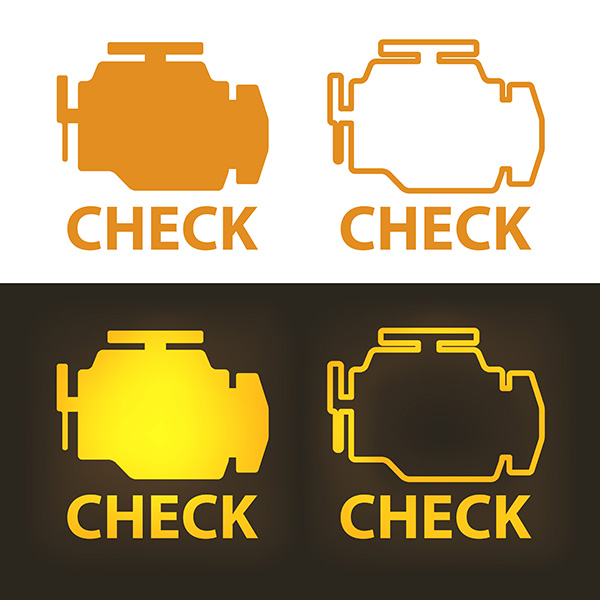
Most drivers are familiar with the check engine light. It turns on, stays solid, and usually doesn’t seem urgent—until it starts blinking. That’s when you know something more serious is going on. A flashing check engine light is not just a casual warning. It means your vehicle is actively misfiring, and if you keep driving, it could cause long-term damage.
So why does the light blink instead of staying steady? What does it mean for your car, and what should you do when it happens? Here’s what every driver should know.
A Blinking Light Means a Misfire
In most vehicles, a blinking check engine light indicates that the engine is misfiring in one or more cylinders. A misfire happens when the fuel in the cylinder doesn’t ignite correctly—or at all. That might not sound like a big deal, but unburned fuel can travel through the exhaust system and overheat the catalytic converter.
The catalytic converter is designed to handle hot gases—not raw fuel. When misfires go unchecked, it causes internal temperatures to spike, and that can damage or even melt the converter. Replacing it is expensive, and in some cases, misfires can also cause damage to the engine’s internal components if left untreated.
What Causes a Misfire
There are a few common reasons why an engine might misfire. The most frequent cause is a faulty spark plug or ignition coil. If the plug isn’t firing at the right time—or not at all—the fuel-air mixture inside the cylinder goes unburned. That not only causes rough engine performance but also sends that unburned fuel into the exhaust stream.
Other causes include clogged or malfunctioning fuel injectors, a bad mass airflow sensor, vacuum leaks, or problems with the engine’s compression. Sometimes, the issue can be as simple as bad fuel. In rare cases, internal engine wear can also lead to misfires, especially in higher-mileage vehicles.
How the Car Feels
When the check engine light starts flashing, you may notice the engine feels different—shaky, rough, or lacking power. The car might hesitate when accelerating or vibrate more than usual at idle. You may also smell raw fuel or notice a change in exhaust tone.
Some vehicles even go into “limp mode” to protect the engine. That limits performance to reduce the chance of further damage. If your vehicle suddenly feels sluggish or won’t accelerate the way it normally does, the computer may already be trying to protect the engine from damage.
You Shouldn’t Keep Driving
Driving with a flashing check engine light is risky. If the misfire continues, it can overheat the catalytic converter or foul the oxygen sensors—both of which are costly to replace. Worse, if you’re driving at highway speeds or under load (like climbing a hill), the risk of serious damage increases.
It might be tempting to drive a little farther, especially if the car still “feels okay.” But every mile you put on a misfiring engine increases the risk of turning a small repair into a major one. Pulling over and turning the engine off is the safest move. From there, it’s best to have the vehicle towed to a shop for diagnostics.
How the Issue Is Diagnosed
When you bring in a car with a blinking check engine light, the first step is reading the trouble codes stored in the vehicle’s computer. These codes help narrow down where the problem is—whether it's a specific cylinder misfiring, a sensor failing, or something more complex.
From there, a proper diagnostic includes checking spark plugs and coils, inspecting fuel injectors, testing fuel pressure, and evaluating engine compression. It’s not always a one-part fix. Sometimes, multiple issues cause or contribute to the misfire, especially in older engines or vehicles that have been overdue for maintenance.
Sherman Oaks Exclusive – Check Engine Light Diagnostics in Sherman Oaks, CA
At Sherman Oaks Exclusive, we understand how frustrating and alarming a blinking check engine light can be. Whether it’s something simple like a bad plug or a more involved issue, we’ll get to the root of the problem and explain your options clearly. If your check engine light is flashing, don’t wait. Bring your vehicle in for a fast and thorough inspection today.